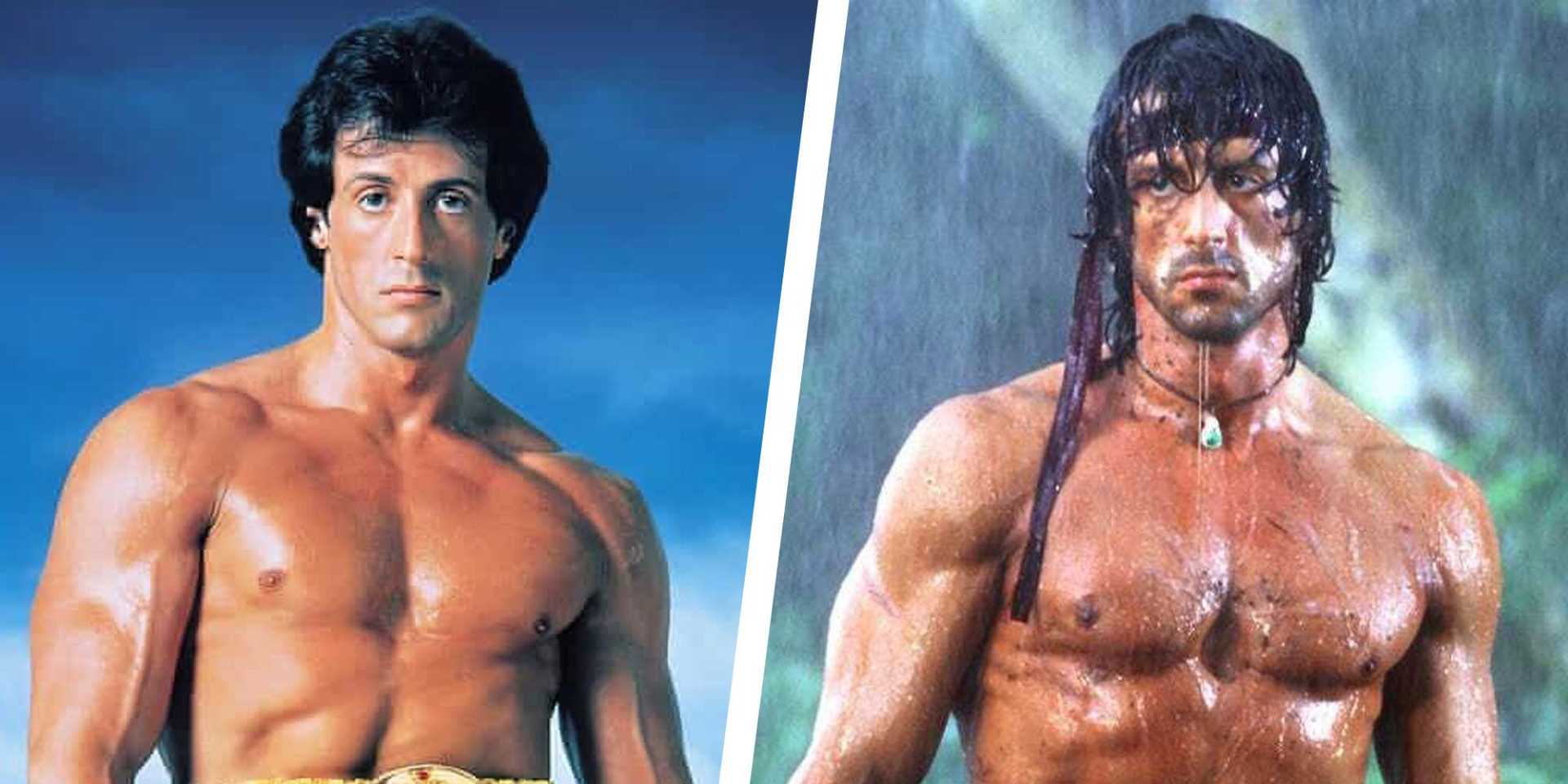Entertainment
Stallone’s Critically Panned Sequels Gain Popularity Over Time

HOLLYWOOD, Calif. — Recently compiled data reveals that two of Sylvester Stallone‘s critically panned sequels, Rocky IV and Rambo: First Blood Part II, have gained popularity over the years. The films, released in the mid-1980s, were previously criticized for their excessive spectacle but are now receiving renewed appreciation.
According to the statistical analysis, Rocky IV has seen a 26% increase in favorable reviews, while Rambo: First Blood Part II enjoyed nearly a 21% improvement in ratings. This data is notable as it contrasts with the general trend where films typically see about a 4% decline in popularity over 20 years.
Initially, Rocky IV was viewed as a departure from the original film’s grounded narrative, which won an Oscar for Best Picture. Critics labeled it as cartoonish compared to the dramatic tone of its predecessor. Similarly, the Rambo series started with First Blood, which was praised for its emotional depth but later sequels, particularly Rambo: First Blood Part II, were met with skepticism for their over-the-top violence and considered more as vehicles for Stallone’s muscle-bound image.
James Cameron contributed to the screenplay of Rambo: First Blood Part II, which helped shape its narrative. Over time, both films have shifted in cultural perception. Rocky IV is now viewed as an entertaining film with memorable moments, notably the death of Apollo Creed, which left a significant impact, especially with the release of the recent Creed films.
Meanwhile, Rambo: First Blood Part II is recognized for its intense action sequences and Stallone’s iconic performance. Critics suggest that detached from their original political contexts, which leaned towards Cold War sentiments, both films have become appreciated as nostalgic cinematic experiences.
Today, many fans embrace Stallone’s roles in these movies as part of his legendary status. The shift in how these sequels are viewed illustrates how time can transform initial critical reactions into fondness, even as they maintain their financial success.












